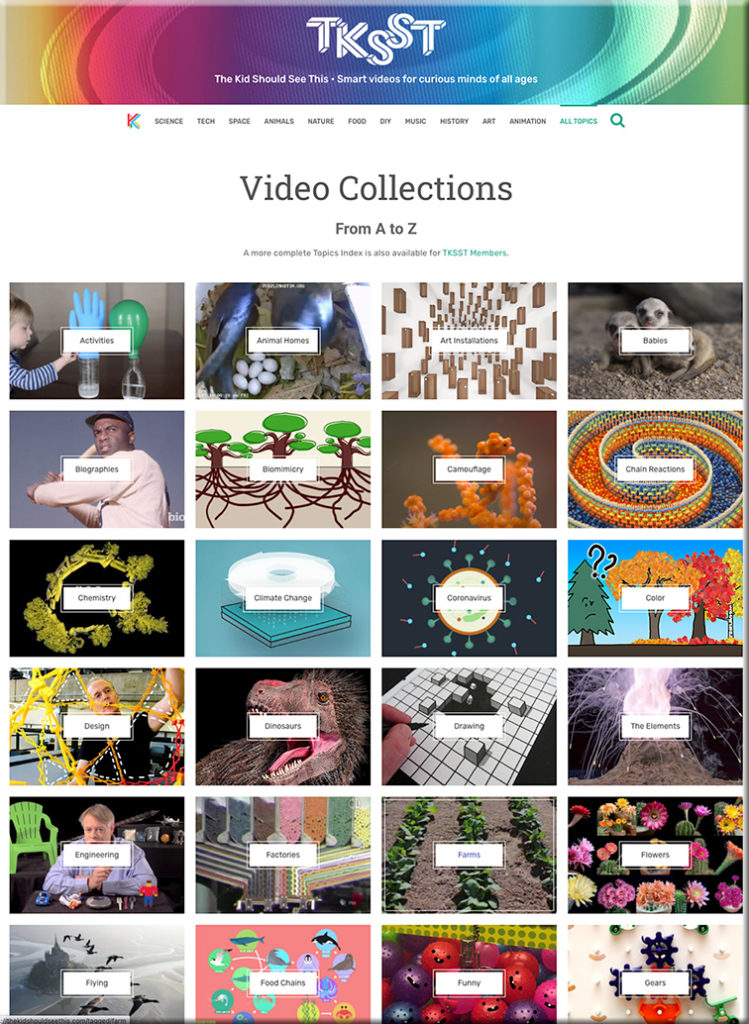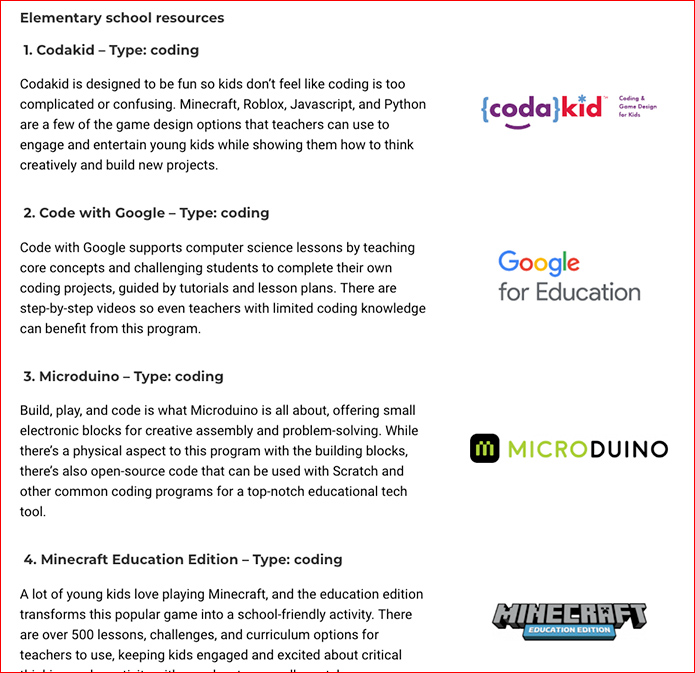Subject: Race on Campus: Pronouncing Students’ Names Correctly Is Important. Here’s How. — from chronicle.com by Fernanda Zamudio-Suarez
Excerpt:
When the pandemic moved classes online, Kohli said, platforms like Zoom helped the name-pronunciation process. On Zoom, users can change the way their name is displayed and include a phonetic spelling, making it simpler for everyone to get names right.
If the class is in person, Kohli says modeling behavior after the Zoom interface and asking students how their names are pronounced and how they’d like to be addressed.
For in-person classes, look at your roster ahead of time, Baker-Brown said. If you see a name you don’t recognize, break up the syllables and sound it out.
Then, practice. Repeat it until you get it right, and saying the name becomes second nature.
From DSC:
One other idea that I’m sure is out there, but it needs to be more commonly implemented:
- Each learner should be able to record their name in the CMS/LMS for others to hear how their name is pronounced
#Canvas #Moodle #Blackboard #D2L #edtech #corporatetraining #L&D #vocationalprograms #K12 #HigherEducation















